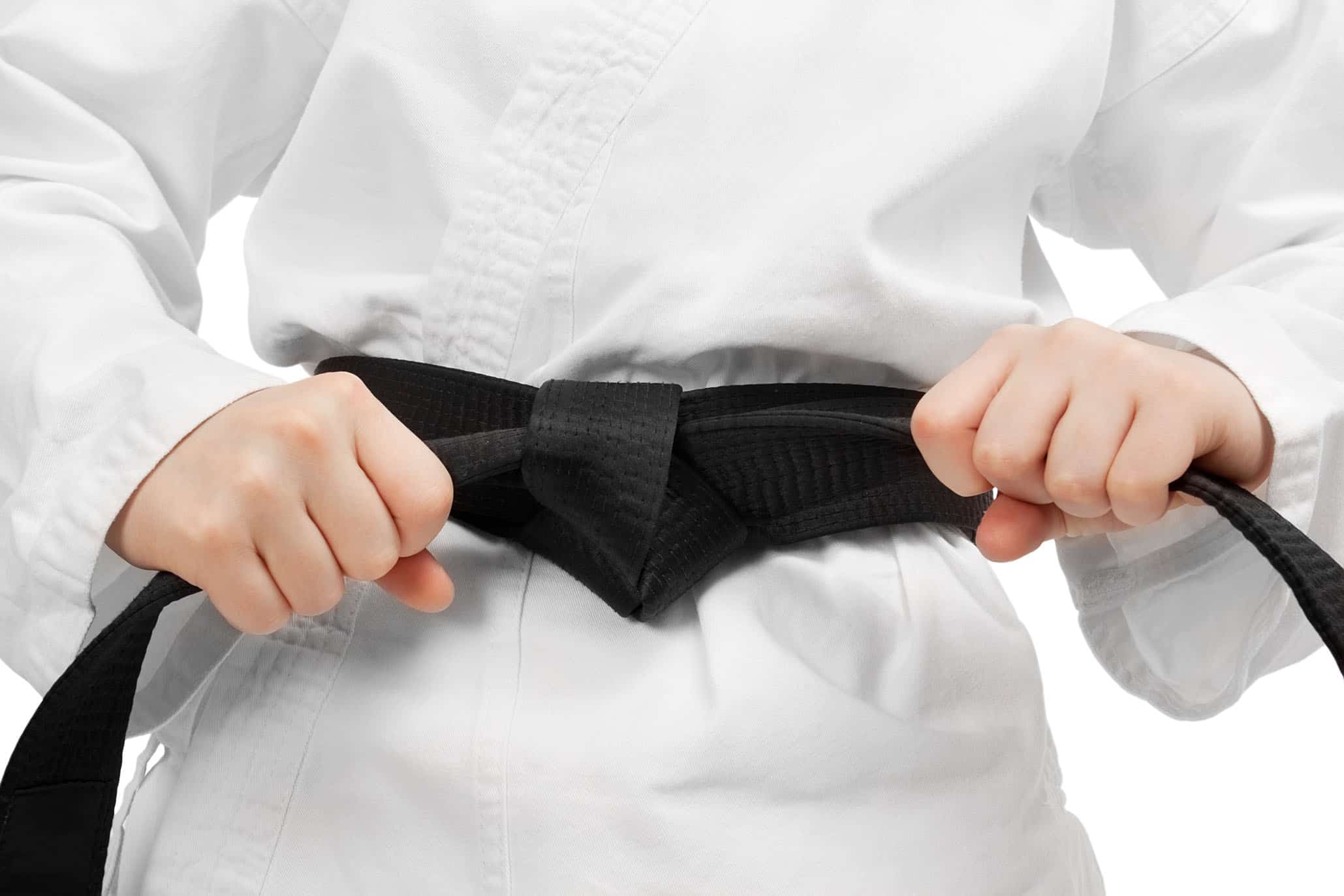
You can find a local martial arts class in your area if you are interested in learning a new art. Martial arts classes offer a great way of getting fit, building character, and making friends. Before you enroll in a course, you need to know what you should look for. Here are the top things to look out for in a martial art coach. These are the most frequent problems that martial arts coaching classes face.
Problems with Martial Arts Coaching
While almost every martial arts has its roots in a sport or discipline, there is no global authority, syllabus or regulatory body. There are literally hundreds of martial arts, and their rule sets are as varied as the art itself. For example, Judo and Taekwondo have different rules. Each martial art has its own set grading criteria. Each school can establish its own rules. Most schools will concentrate on physical techniques as well as sparring. Martial arts training has many benefits, but you have to be willing to give up some of your comforts and work environment if you want to see the results.
A lack of respect from the instructor. Martial arts instructors can make mistakes. Make sure you choose an instructor who is honest and has a positive attitude. If you feel that the instructor is not upholding your standards, it’s time to find a different instructor. You will be disappointed in your martial arts training, and may even decide to stop attending. Move on to a different instructor if your instructor isn’t caring or personable.
Types of martial arts
Martial arts are a system of offensive and defensive moves. These techniques typically include punching and kicking as well as blocking techniques. While they were originally developed as a form of self-defense, modern forms of martial arts often incorporate more subtle tactics and training. The philosophy behind martial arts emphasizes respect for self and others. These disciplines not only teach mental and physical skills but also promote a positive outlook and cultivate respect for others.
Avoid instructors who only practice their style when choosing a school. Martial artists are often fiercely loyal to their craft, and may not be the most supportive instructors. Make sure to choose an instructor who is respectful and allows for plenty of time for home practice and class. If you don’t want to commit to one school, you might not get the best education. It’s important to choose a school that teaches you the way you want to learn.
Coaches’ qualifications
There are several Martial Arts coaching qualifications, including BMABA levels one and two. Each qualification focuses on a different aspect, such as safety and requirements for instructors. Each level also has specific requirements for instructors. These include a Code, insurance, supervision, and a Code. These qualifications are generally prerequisites for Level 2. These qualifications are a valuable asset for any Martial Arts instructor. They ensure that they are safe and competent to teach.
A good coach is someone who shares his knowledge with others and is dedicated to helping people develop their character. They encourage others to improve themselves, as well as support the group of students they teach. This is an essential part to any martial arts coach’s job, and these qualifications will give guidance on how to protect clients and children. They should also be well-versed in Bushido philosophy. If you are interested in becoming a Martial Arts coach, you should consider becoming one.
Learning styles
The level of proficiency of a student can have a significant impact on the learning style that he or she receives as a martial arts instructor. Some students are more competent and require less guidance from an instructor, while others may be less capable and need more. The style of a student can be classified into one of two categories: production or discovery style. Each style has its positive and negative points. However, there are certain advantages and disadvantages to both.
After a student has reached the discovery threshold he or she will likely adopt a reproduction style. A teacher who has been trained in this style will be more focused on reproducing existing knowledge than on creating new knowledge. This style can take three to six years to teach. However, a student who is already experienced should not be discouraged by the length of time it takes to master the basics.
Injuries sustained in a martial arts class
A medical checkup is an important step if you’re new in martial arts. Even minor injuries are possible, and you should avoid anticipating an injury. Injuries can occur in any martial arts class. Wearing padded gloves or wrist wraps underneath your gloves is one way to protect yourself. Avoid straining your wrists as this can lead to injury. If you get injured while sparring, don’t forget to wear a mask.
You should immediately consult a doctor if you are injured in a martial arts class. The instructor may be able offer safe training or rest if you aren’t sure what kind of injury you have sustained. You may need medical treatment depending on what type of injury you have. This may mean a trip the the emergency room. Consult a chiropractor, physical therapist or other qualified professional to ensure that the training is appropriate.


